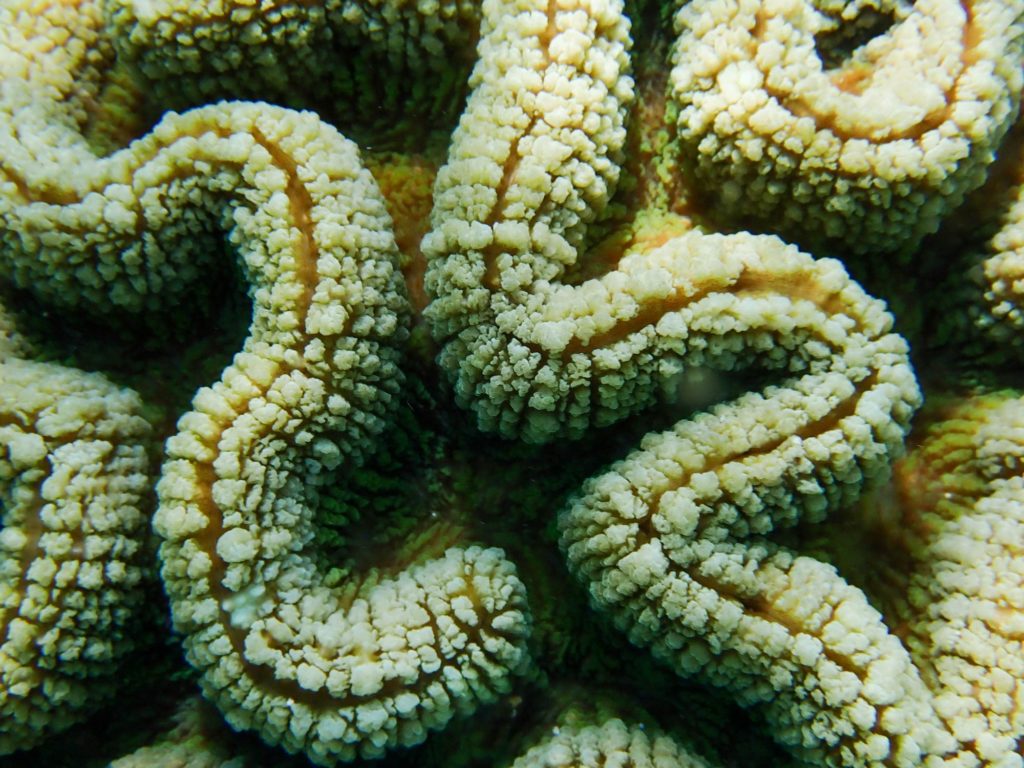







Fringing reefs, the most common, extend directly along the coast and are often separated from it by a small shallow channel. For example, this type of reef is found mainly in La Réunion and the West Indies.
Unlike the fringing reef, the barrier reef is separated from the coast by an inland sea: the lagoon.
Dual barrier reefs consist of two parallel barrier reefs. The New Caledonia and Mayotte each have double coral reefs, extremely rare in the world (there are less than 10).
If a fringing reef forms around an island that subsequently sinks completely below the water level, an atoll is formed. Atolls are usually circular or oval and have a central lagoon. Parts of the reef plain may emerge to form islands, and passes through the reef may provide access to the central lagoon (Lalli and Parsons, 1995; Levinton, 1995; Sumich, 1996).